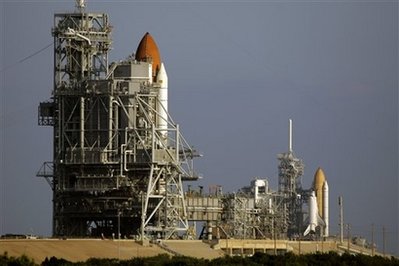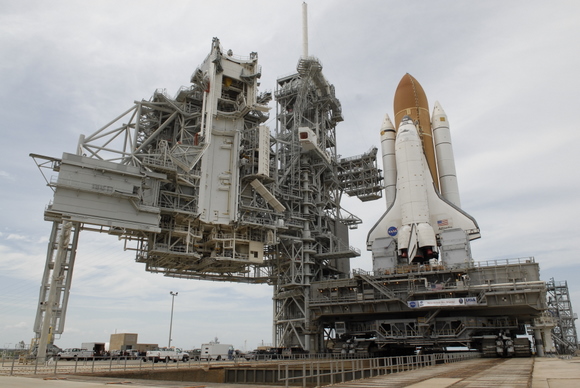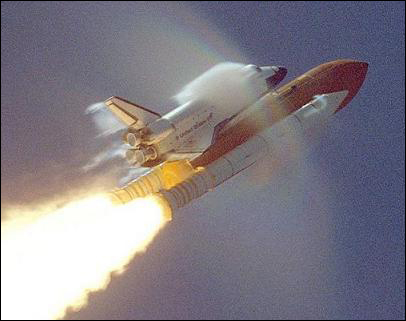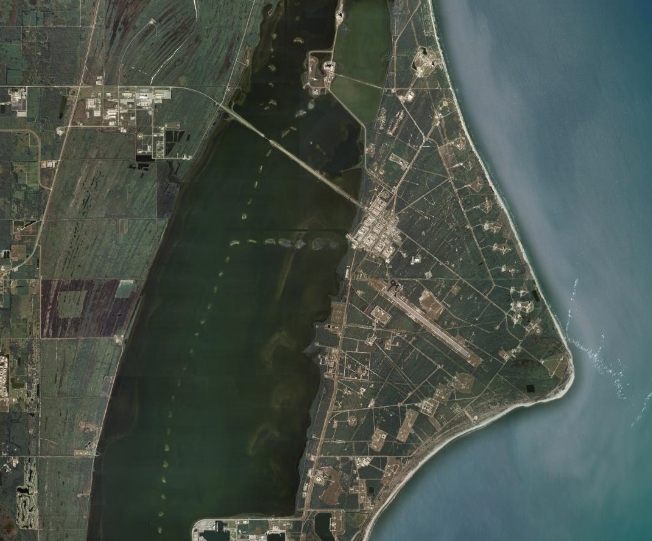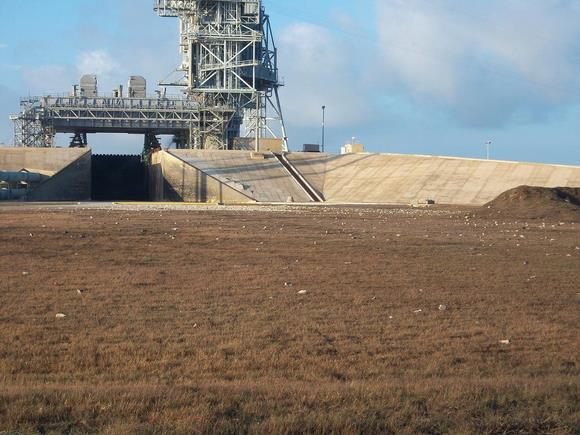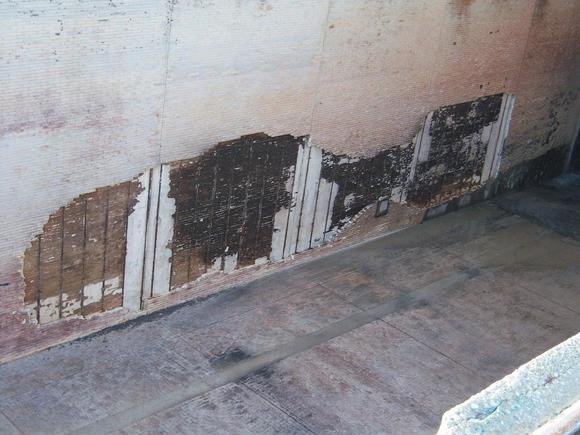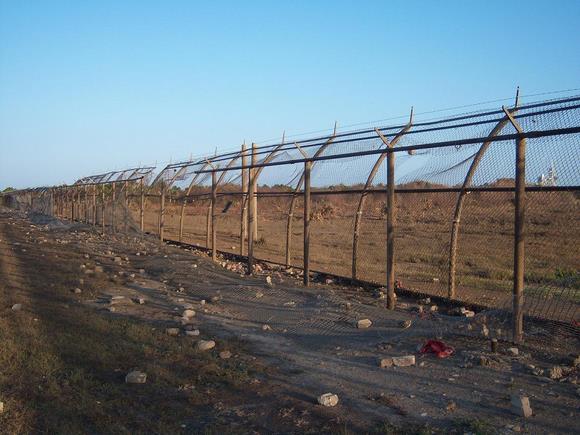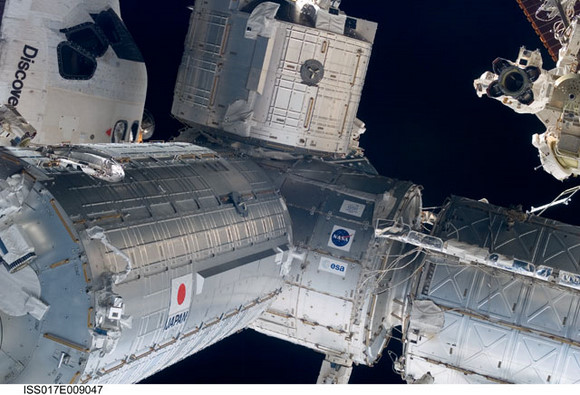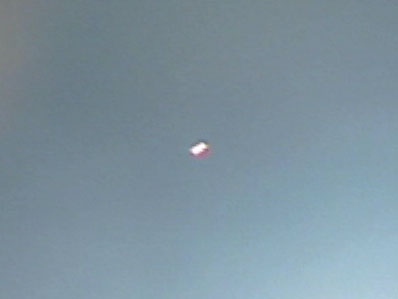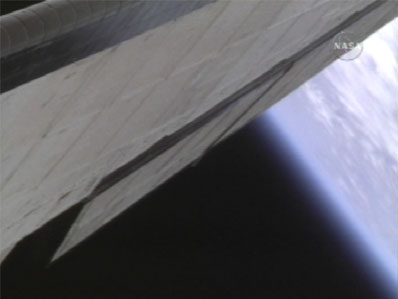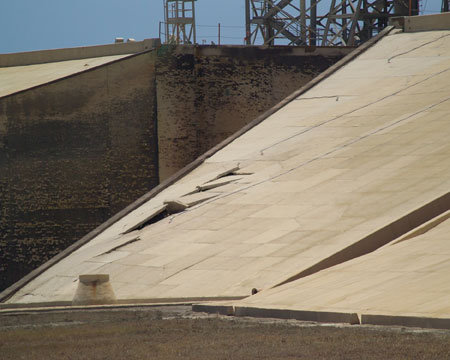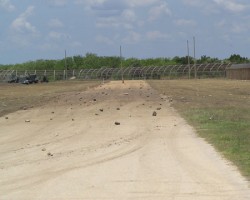It’s a rare event anyway, but this is the last time ever. Two shuttles are now sitting on NASA’s two launchpads at Kennedy Space Center. Space shuttle Endeavour completed a 4.2-mile journey to Launch Pad 39B Friday morning, Sept. 19, at 6:59 a.m. EDT, and this is the first time a shuttle has stood by as a rescue vehicle. Atlantis, over at Pad 39A is preparing for its mission to the Hubble Space Telescope, currently scheduled for Oct. 10 (although there might be an problem with that date –see below). Since Atlantis won’t be going to the International Space Station which would be a “safe haven” in the event of an emergency, Endeavour will stand by in the unlikely event a rescue mission is necessary. After Endeavour is cleared from its duty as a rescue vehicle, it will move to Launch Pad 39A for the upcoming STS-126 mission to the International Space Station. That flight is targeted for launch Nov. 12. This Saturday, there will be a good photo op as the Rotating Service Structures for Endeavour will be rolled back, making both the shuttles more visible. Robert Pearlman at CollectSPACE.com has a full list of the 17 times in history two shuttles sat on the launchpads, and some great pictures, too.
A small glitch occurred this week in preparing for the Hubble servicing mission. Trouble with a cleaning system connected to a canister housing fresh batteries and a new camera bound for the Hubble Space Telescope somehow blew insulation into protective bagging around the cargo carrier.. Work to inspect and clean the canister will delay its delivery to the shuttle Atlantis at launch pad 39A by at least 24 hours. While a corresponding launch delay is possible, NASA is sticking with its current Oct. 10 launch target until managers get a better sense of how much lost time can be made up.
And for those you that have questions as to why Endeavor will be moved to 39A, its because that pad is being prepared for being able to launch the Ares rockets for the upcoming Constellation program. It will work in a pinch to launch the shuttle, but NASA officials would much rather launch it from 39A to avoid any problems. And even if the shuttle program is extended in order to shorten the gap between the time the shuttle flights end and Constellation begins, shuttles will probably not launch from 39B again.
If you missed seeing Endeavour’s crawl out to the pade, video file of rollout will be available on NASA Television.

